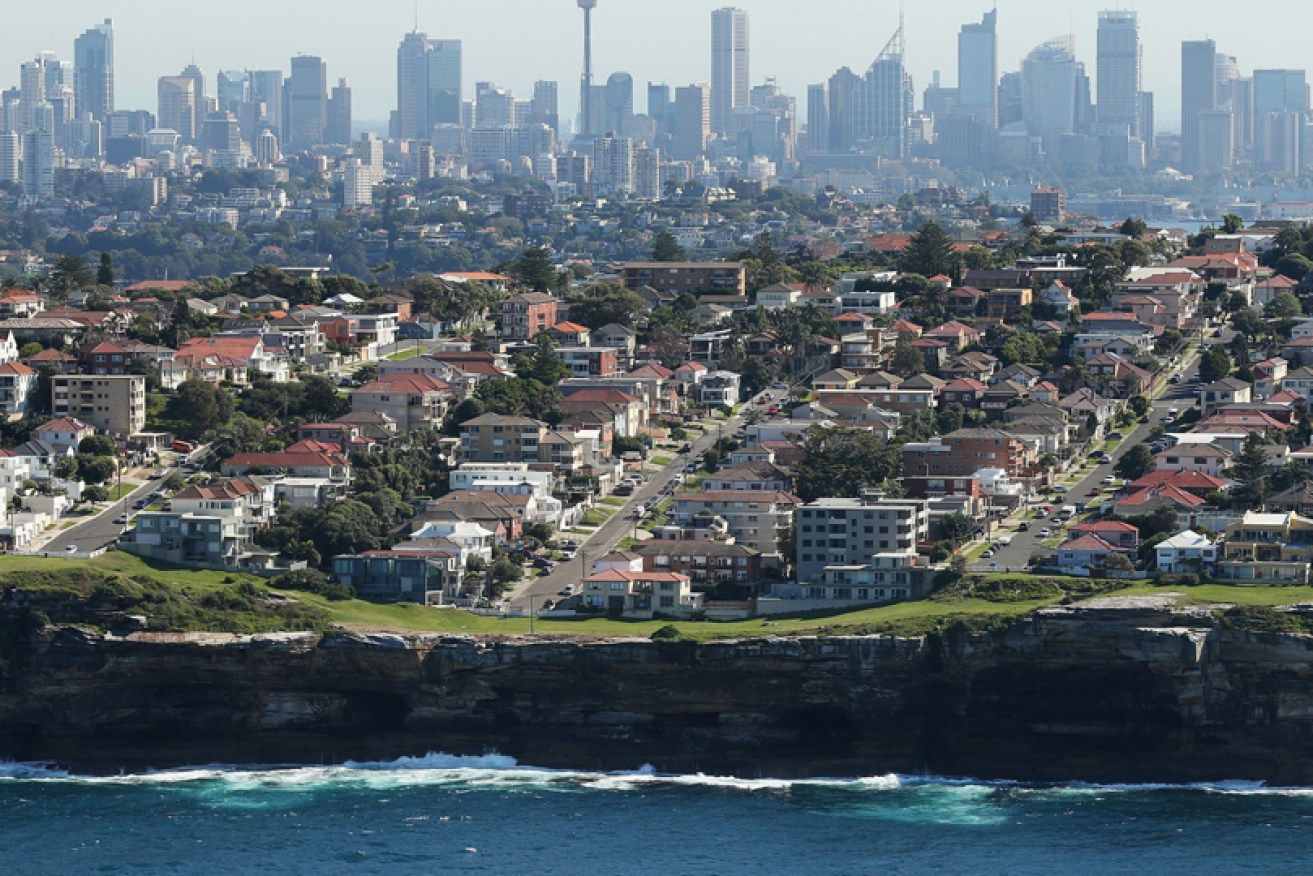Here’s why a top government adviser says we need to abolish stamp duty


Following significant falls in stamp duty revenues, property experts are calling for a transition towards a broad-based property tax. Photo: Getty
Replacing stamp duty with a broad-based property tax would be political suicide, but experts say it would leave Australians $17 billion better off.
The controversial policy would mean homeowners who have recently shelled out tens of thousands of dollars would need to pay yet more tax on their property and would place an additional burden on asset-rich, income-poor pensioners.
While it will always be a difficult political sell, Grattan Institute research fellow Brendan Coates said now was a good time to make the change.
“The housing downturn means that the revenue hole you would need to fill after abolishing stamp duty is smaller, ” he said.
“Abolishing stamp duty would relax the deposit hurdle quite a bit, and [therefore] encourage more people to get into the housing market.”

Annual flat property taxes of between 0.5% and 0.7% would be enough to replace stamp duty revenue in all states, according to the Grattan Institute.
Mr Coates said stamp duty – levied at the time of purchase – makes people far less likely to move towards areas of high employment, and replacing it with a broad-based property tax would lead to productivity gains worth $17 billion.
“Stamp duty is the most economically costly tax that state governments levy,” he said.
“It makes it more expensive to move home to take on a new job, which encourages people to stay put.”
Mr Coates is part of a growing chorus of government advisers, researchers and economists urging state governments to replace stamp duty with a broad-based property tax.
He is joined by chair of the Productivity Commission Michael Brennan, who told The Sydney Morning Herald that eliminating stamp duty would be a “worthwhile reform”, as well as Property Council of Australia CEO Ken Morrison and PwC tax partner Paul Abbey.
Following significant falls in stamp duty revenues recorded by state governments, those voices have grown louder – arguing that a broad-based property tax would be less susceptible to booms and busts (making forecasting and budgetary planning far simpler for states) and that it would encourage a more efficient allocation of housing.
Change challenge
The transition to a new arrangement would however be fraught with challenges – an overnight change would be met with fierce resistance from existing home owners, as it would mean asking those who have already paid stamp duty to pay yet more tax on their property.
Grandfathering the current arrangement for existing homeowners would be similarly problematic, because it would create a situation in which those who stay put avoid the tax and those who move pay it.
This would mean an even bigger barrier to mobility, which is the exact opposite to what critics of stamp duty would hope to achieve by moving to a broad-based property tax.

Grattan Institute research fellow Brendan Coates describes stamp duties as “the most economically costly tax that state governments levy”.
The answer lies, according to University of Tasmania political scientist Richard Eccleston, in a gradual transition from stamp duty to property tax spread over 20 years.
Mr Eccleston recommended a four-stage transition that begins with developing consistent methods for residential property valuation.
The next step would be temporarily simplifying stamp duty to a single flat rate of 6 per cent, levied only on properties above a certain threshold.
That stage would last one to three years, after which a stamp-duty surcharge would be applied to top-end and investor purchases for roughly two years.
This would “help meet housing policy goals by dampening demand for investment properties and increasing home ownership rates”, without affecting revenues, Mr Eccleston said.
The final stage in the plan would be to gradually reduce stamp duty and simultaneously increase property tax over a fifteen- to twenty-year period.
‘Punishing’ taxes
The Productivity Commission also recommended a gradual transition, noting the ACT is a good example of how this could work.
But while a property tax would provide a more consistent flow of revenue into state coffers, property investor Pete Wargent said what “might start as a modest property tax could become increasingly punishing over time”.
“For example, in the US, in Houston, while property prices are low, the land taxes are extortionate. So nobody wants to buy a home,” he said.
“It becomes counter-productive.”
Mr Wargent said the ACT state government’s transition towards a broad-based property tax demonstrated that this was the case – with council rates rapidly increasing since 2012.
“And if property investors are going to get crucified by ridiculous rates of property tax, then one way or another, that’s going to get passed onto rents,” he said.
“Which is why you’ll find that the highest rents in the nation now are in Canberra now.”
According to Domain’s March 2019 Rental Report, the median weekly rent for a house is $570 in Canberra, $540 in Sydney.








